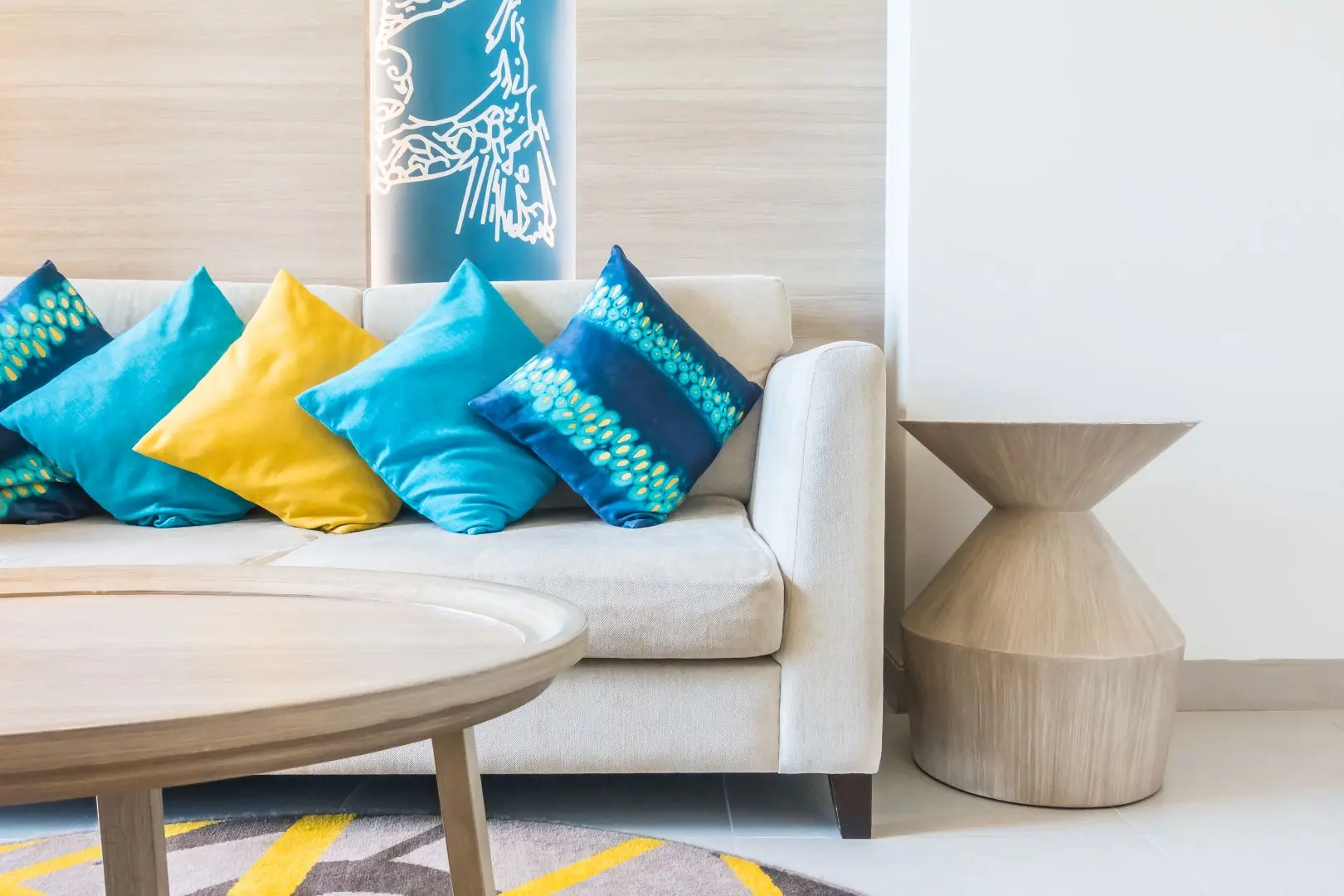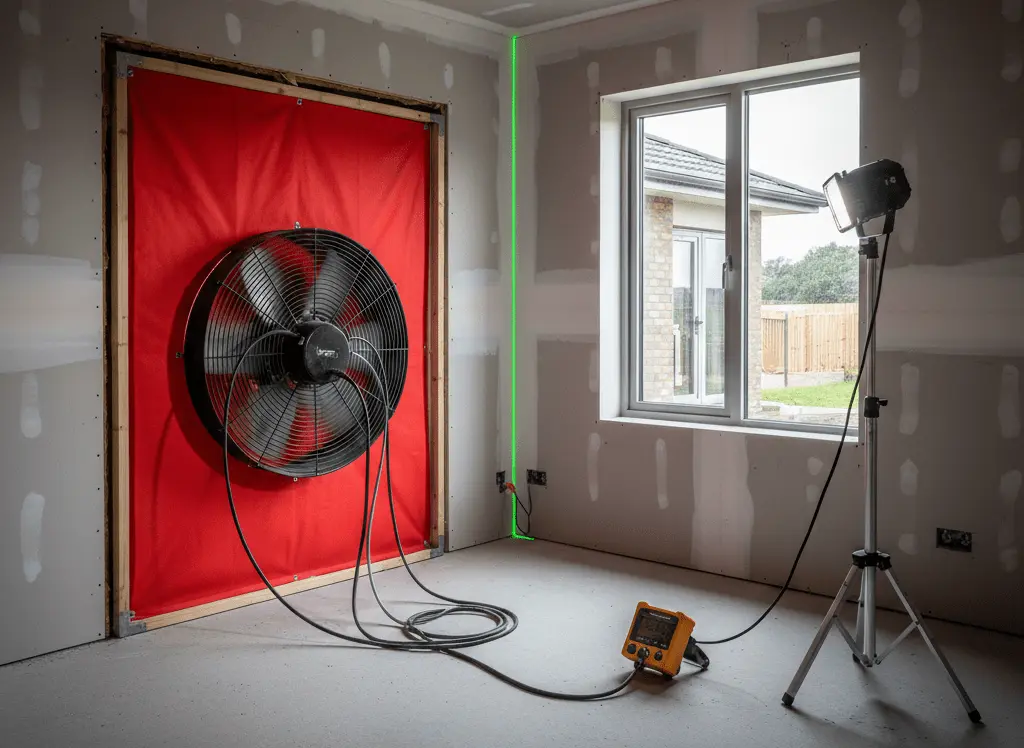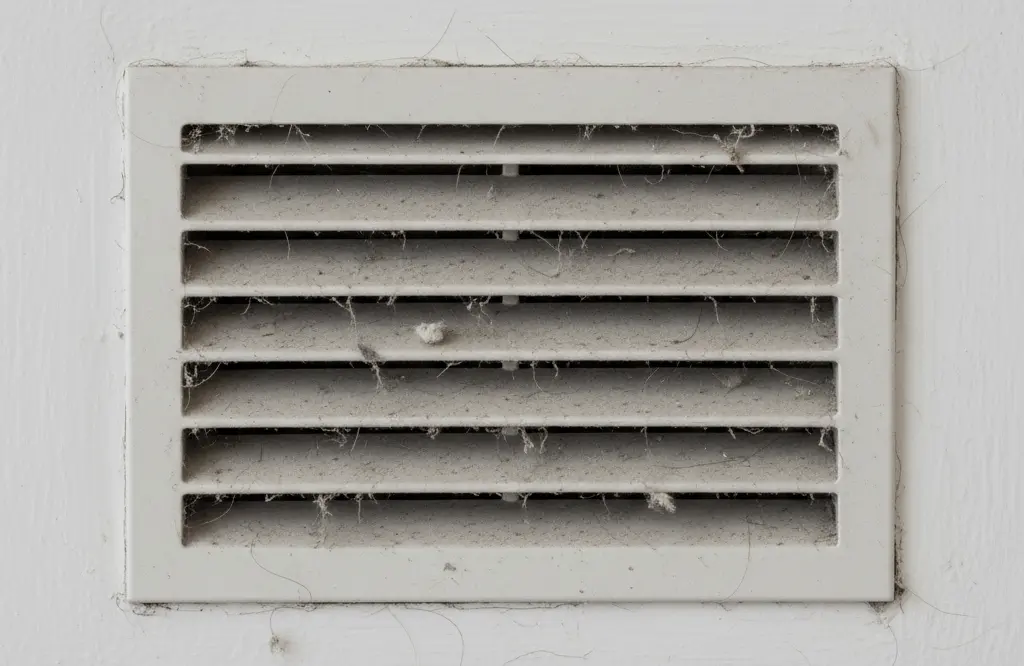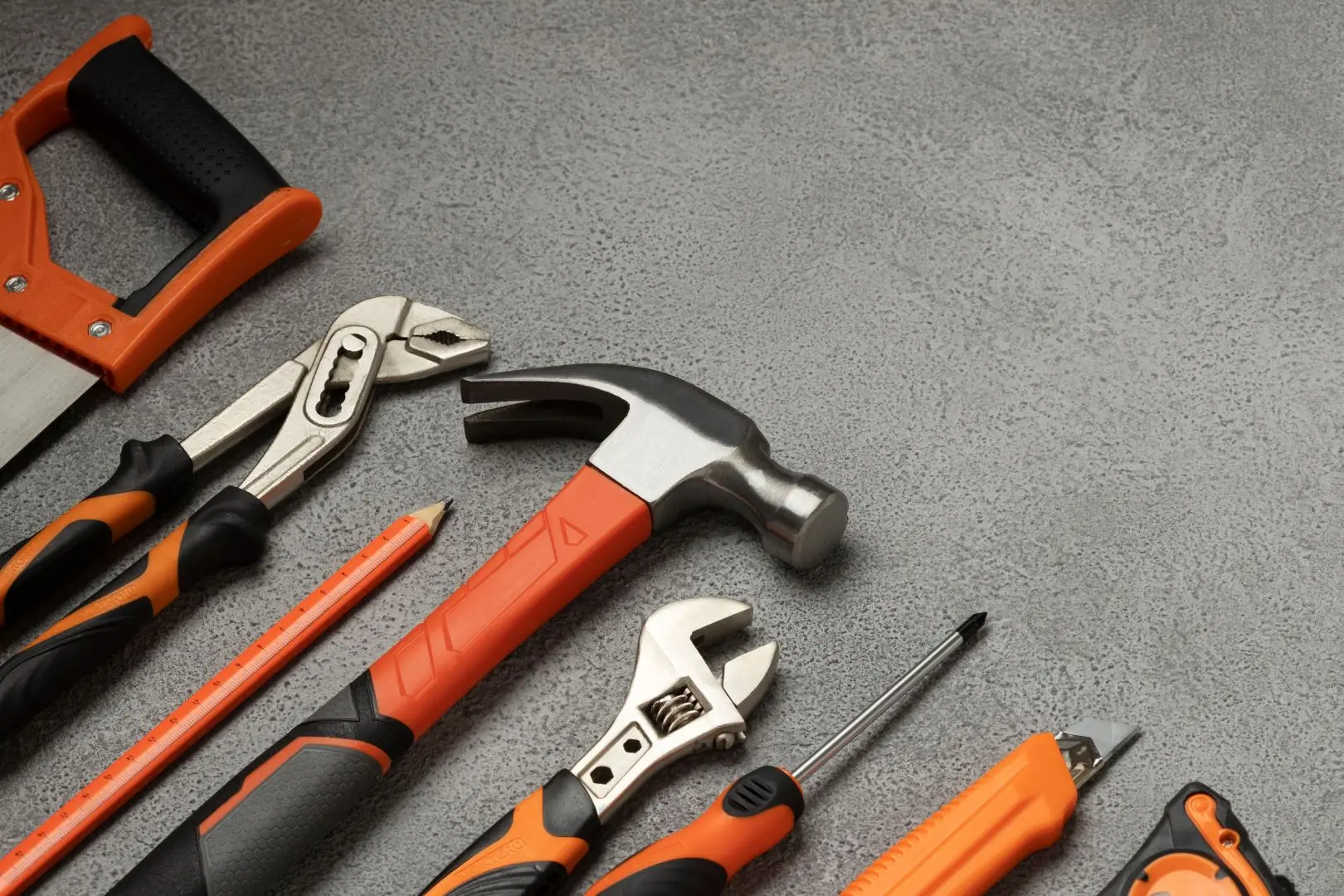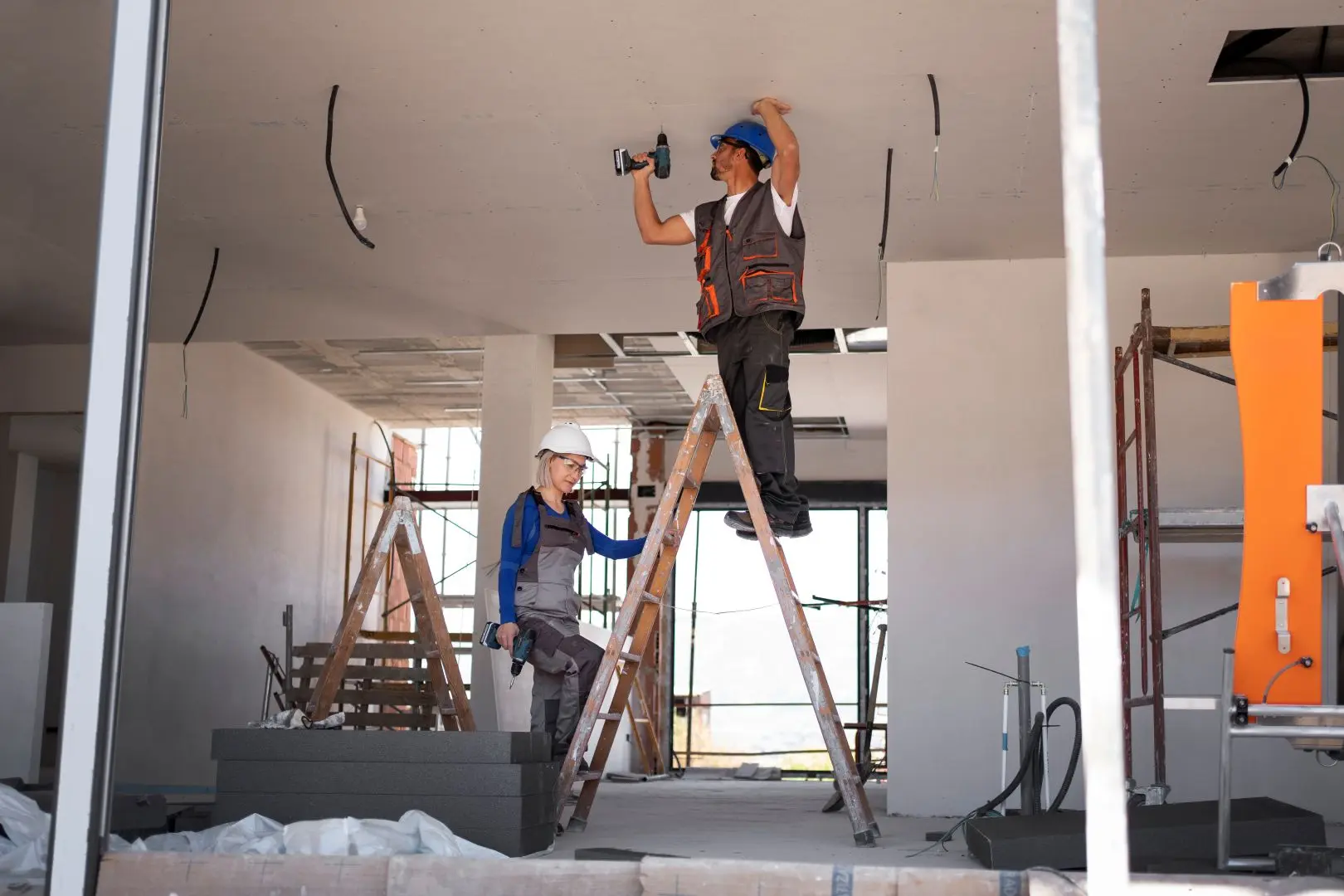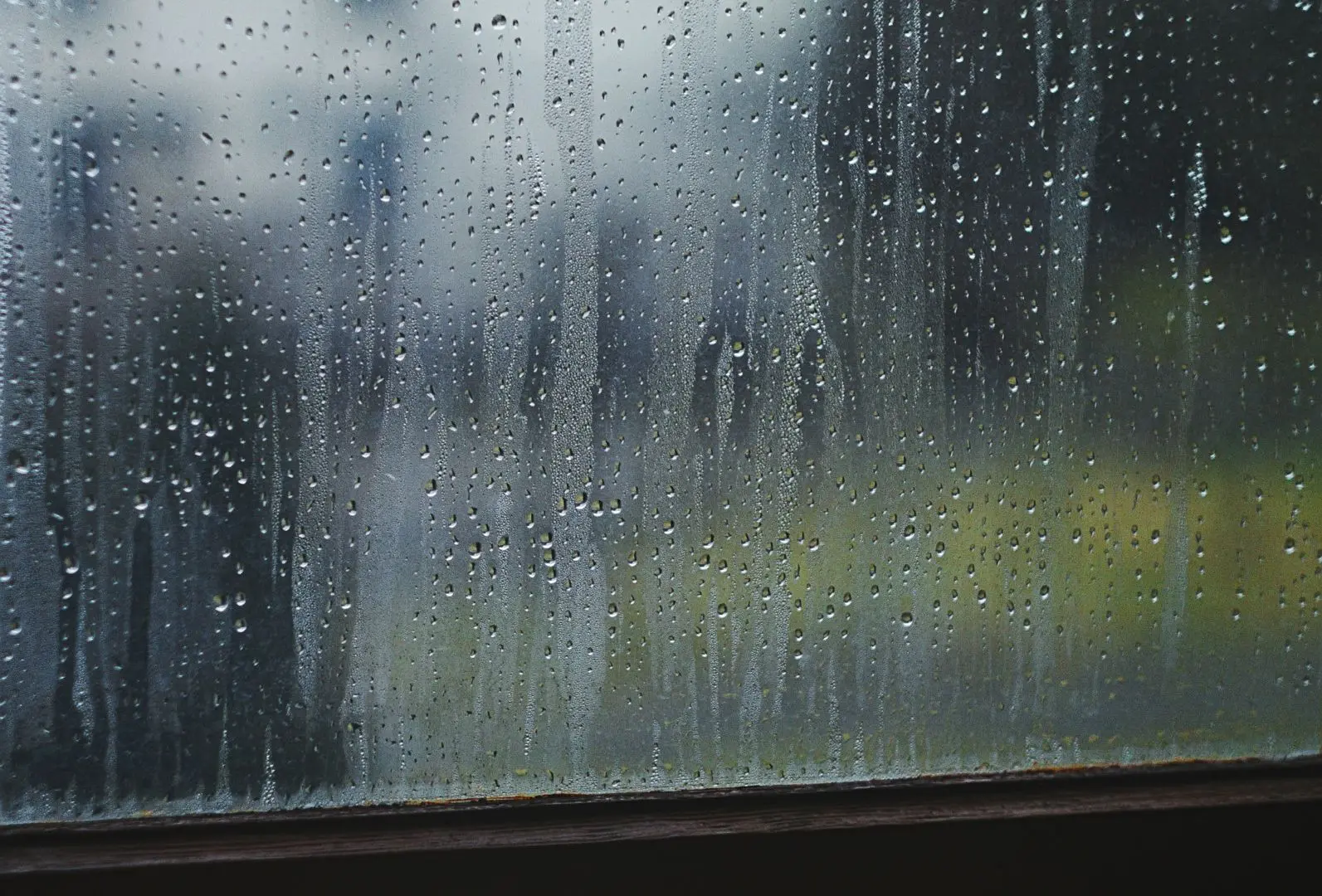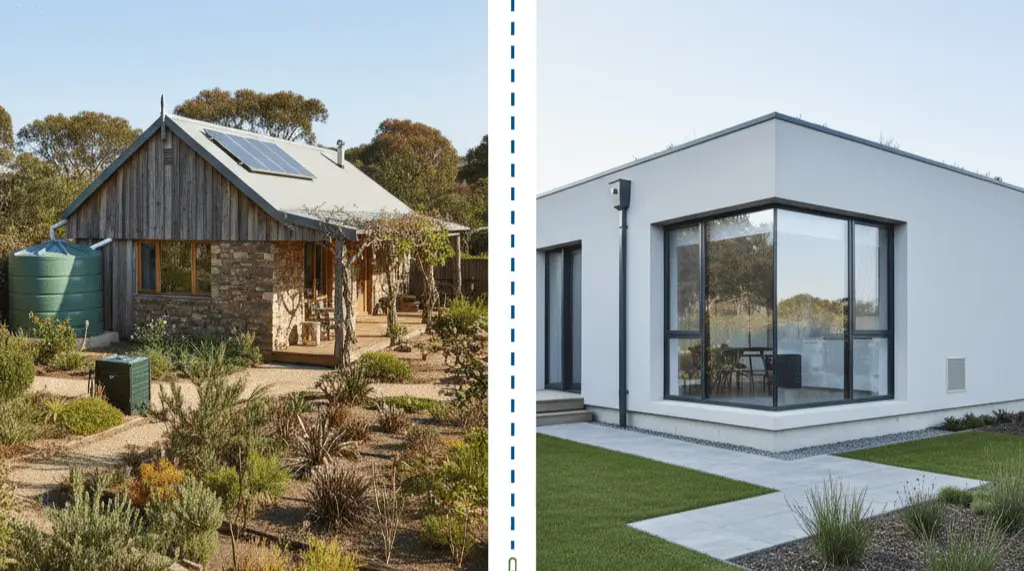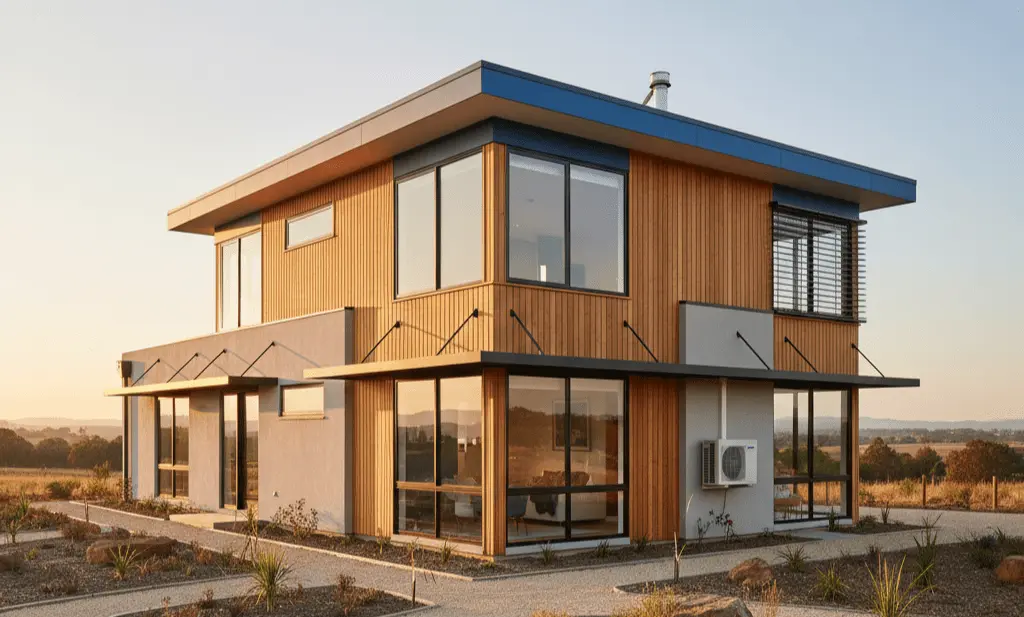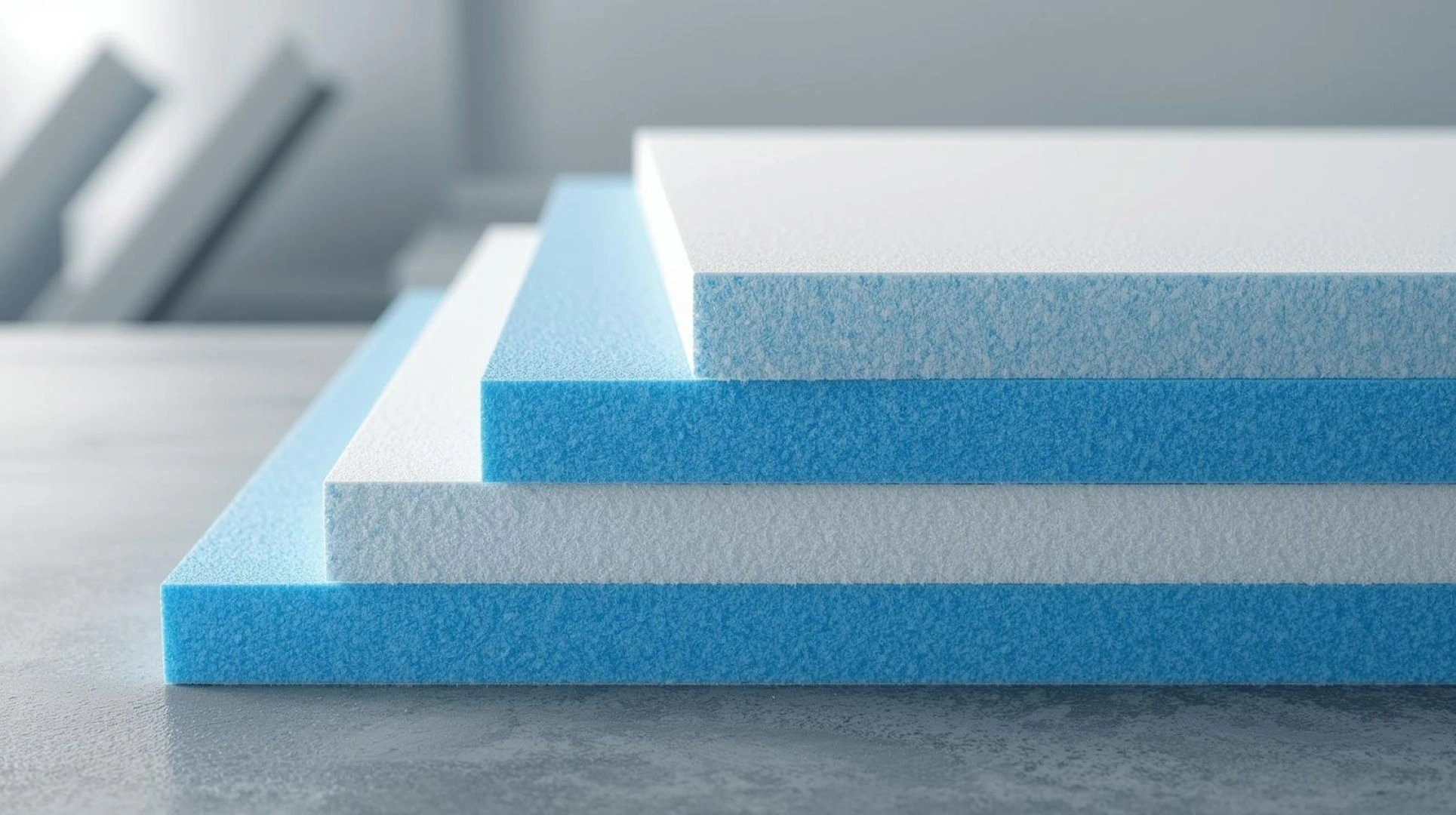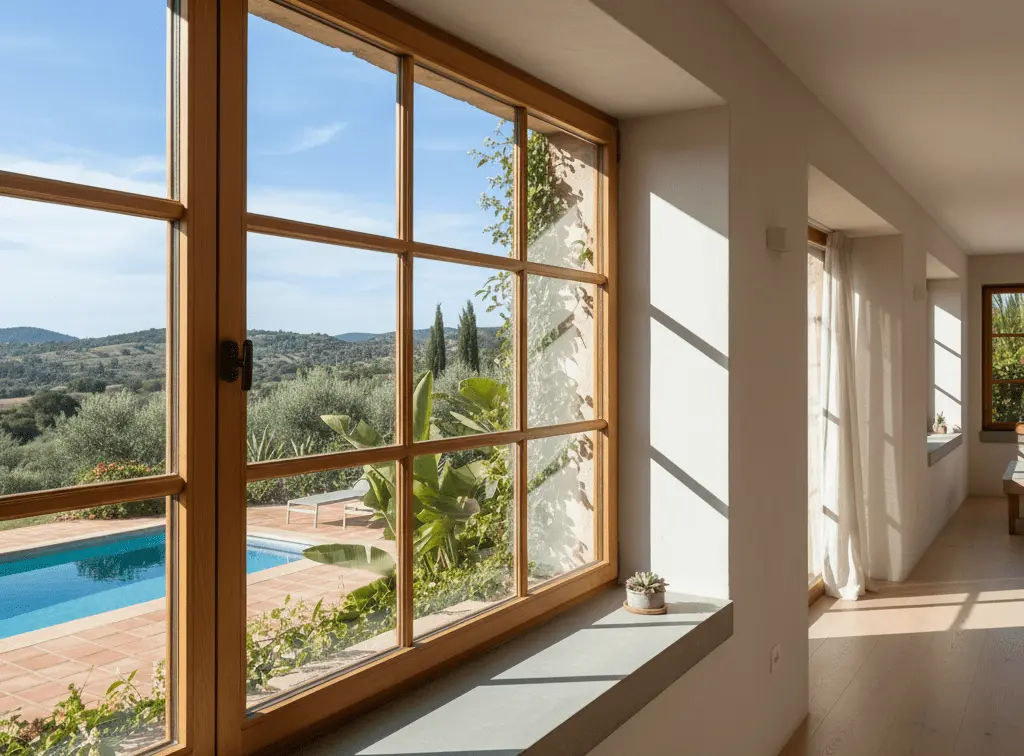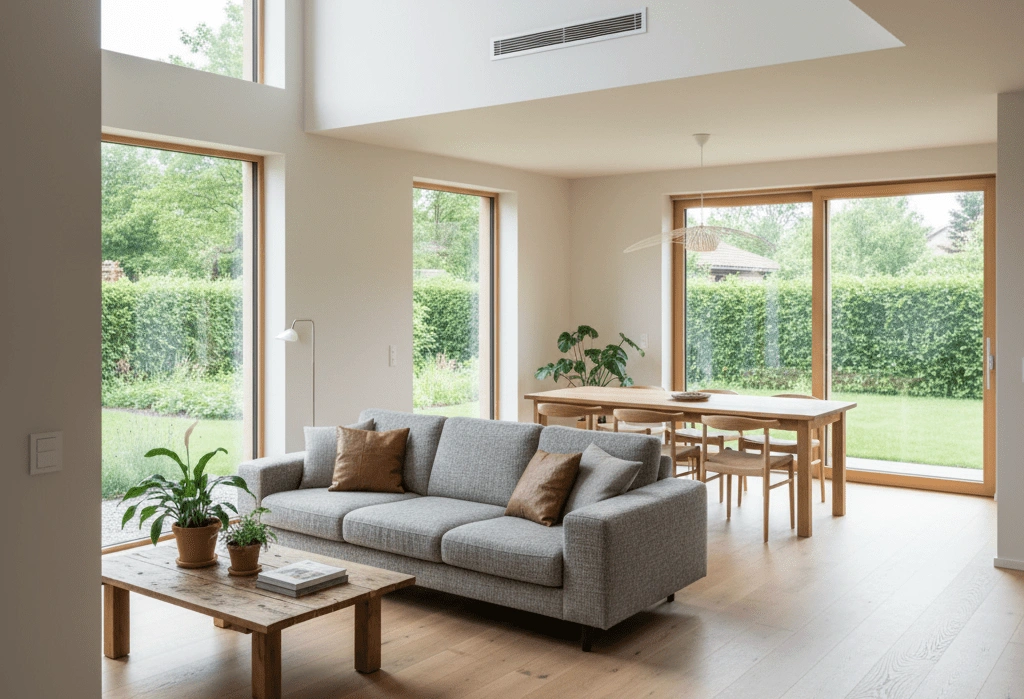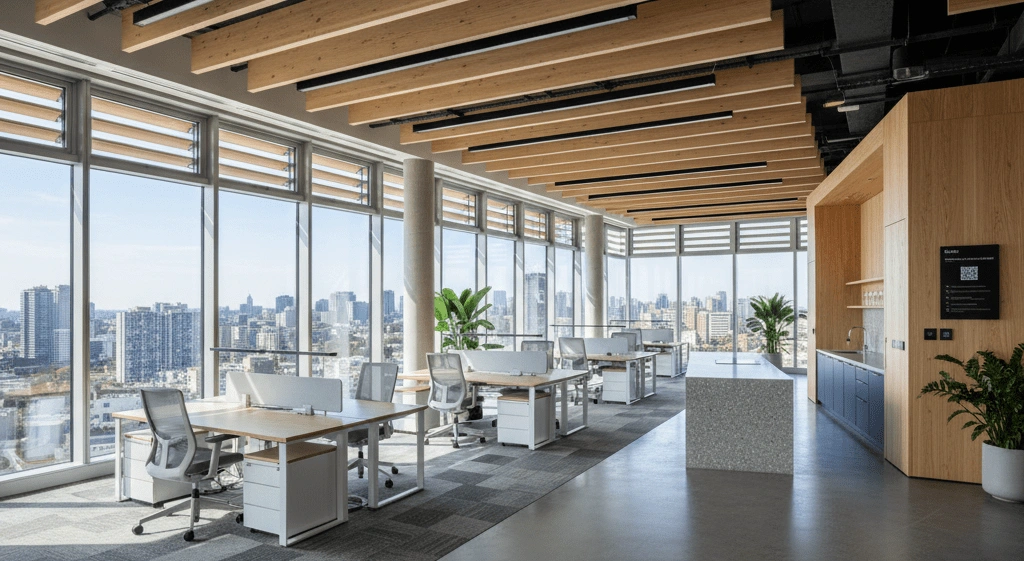Choosing the right ventilation system for a passive house
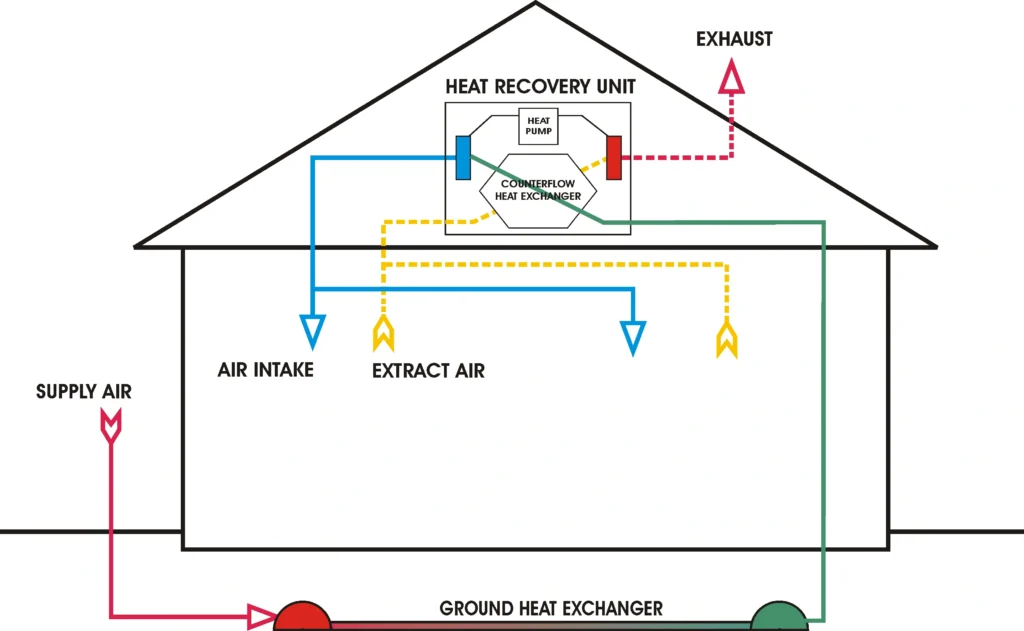
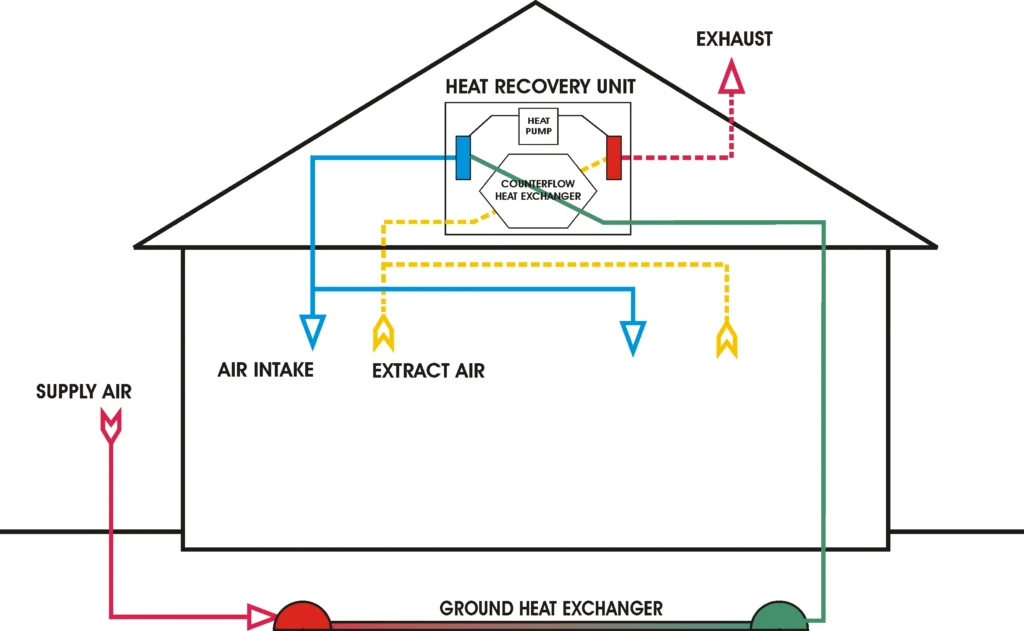
When designing a passive house, one of the most important decisions is selecting the right ventilation system. Ventilation is key to maintaining indoor air quality, controlling moisture and ensuring comfort without wasting energy.
A passive house is designed to use very little energy for heating and cooling. It relies on a tight building envelope, high levels of insulation and careful attention to air sealing. Because the house is so airtight, natural ventilation through gaps and cracks is minimal. This makes mechanical ventilation necessary to provide fresh air and remove stale air.
Choosing the right system involves understanding how ventilation works in a passive design house and what options are available.
Why ventilation matters in a passive house
In a traditional house, air leaks through windows, doors and gaps, which brings fresh air inside. This uncontrolled ventilation can lead to drafts, heat loss and moisture problems. A passive house is built to minimise leaks, so ventilation is controlled and deliberate.
Under this control, ventilation in a passive house must provide a constant supply of fresh air to maintain healthy indoor air quality. It also removes excess humidity and indoor pollutants, such as carbon dioxide and cooking odours. Without effective ventilation, indoor air can become stale and unhealthy.
Mechanical ventilation also helps regulate temperature and humidity levels, preventing condensation and mould growth. This protects the building structure and improves comfort for occupants.
Types of ventilation systems for passive houses
The main type of ventilation system used in passive house design is mechanical ventilation with heat recovery (MVHR). This system uses a fan to bring fresh air into the house and extract stale air at the same time. It passes the two air streams through a heat exchanger to transfer heat from the outgoing air to the incoming air, reducing heating demand.
MVHR systems are highly efficient and designed specifically for airtight homes. They recover up to 90% of the heat from exhaust air, helping keep the indoor temperature stable while providing fresh air.
Another ventilation option is mechanical extract ventilation (MEV). This system uses fans to remove stale air from wet rooms such as bathrooms and kitchens. Fresh air enters the house through passive vents or trickle vents in windows. However, MEV is less efficient than MVHR as it does not recover heat.
What makes MVHR the preferred choice
For passive house designers in Australia, MVHR is the preferred ventilation system as it fits well with the core principles of passive house design – namely, it provides controlled ventilation, energy efficiency and comfort.
MVHR units typically include filters to clean incoming air, which is important for areas with outdoor pollution, like big cities. The heat exchanger reduces heating and cooling loads, helping to keep energy bills low.
Because the system is balanced – that means the amount of air supplied equals the amount extracted – it maintains neutral air pressure inside the house. This prevents drafts and reduces the risk of moisture entering the building through leaks.
Choosing the right MVHR system
When selecting an MVHR system, it is important to consider the size of the home and the number of occupants. An oversized system can waste energy, while an undersized one may not provide enough fresh air.
Look for systems that are certified or tested to Passive House Institute standards to ensure high performance. Noise levels are also important, as a quiet system is essential for comfort. Additionally, the quality of the installation is very important. Even the best system will perform poorly if ducts are badly designed or installed. They should be airtight, insulated and run efficiently to minimise energy loss.
Working with passive house designers in Australia or energy-efficient home builders can ensure the ventilation system is correctly specified and installed as part of the overall passive house design.
Maintenance and operation
Proper maintenance keeps the ventilation system working efficiently. Filters should be checked and replaced regularly according to the manufacturer’s instructions. Ducts and vents need to be kept clean.
You should also be familiar with how to operate the system, including any controls for boosting ventilation during cooking or when the house is occupied by more people.
Some MVHR systems have smart controls that adjust ventilation rates based on indoor air quality or humidity levels, further improving comfort and energy savings.
Benefits of the right ventilation system in a passive house
Choosing the correct ventilation system supports the overall goal of passive house design by creating a healthy, comfortable and energy-efficient home.
Good ventilation improves indoor air quality, reducing the risk of respiratory issues and allergies. It helps control moisture and prevents mould growth that can damage the building.
Energy savings from heat recovery lower heating and cooling costs, making the home more affordable to run.
Finally, a well-designed system contributes to occupant comfort by providing fresh air without drafts or temperature fluctuations.
Designing a passive house with good ventilation
Working with experienced passive house designers in Australia and energy-efficient home builders will help ensure the ventilation system is correctly integrated into the passive house design. This will result in a home that meets strict energy efficiency standards while providing a healthy and comfortable living environment.
Choosing the right ventilation system is a vital part of successful passive house designs. It helps you enjoy the benefits of a truly energy-efficient home built for the future.

